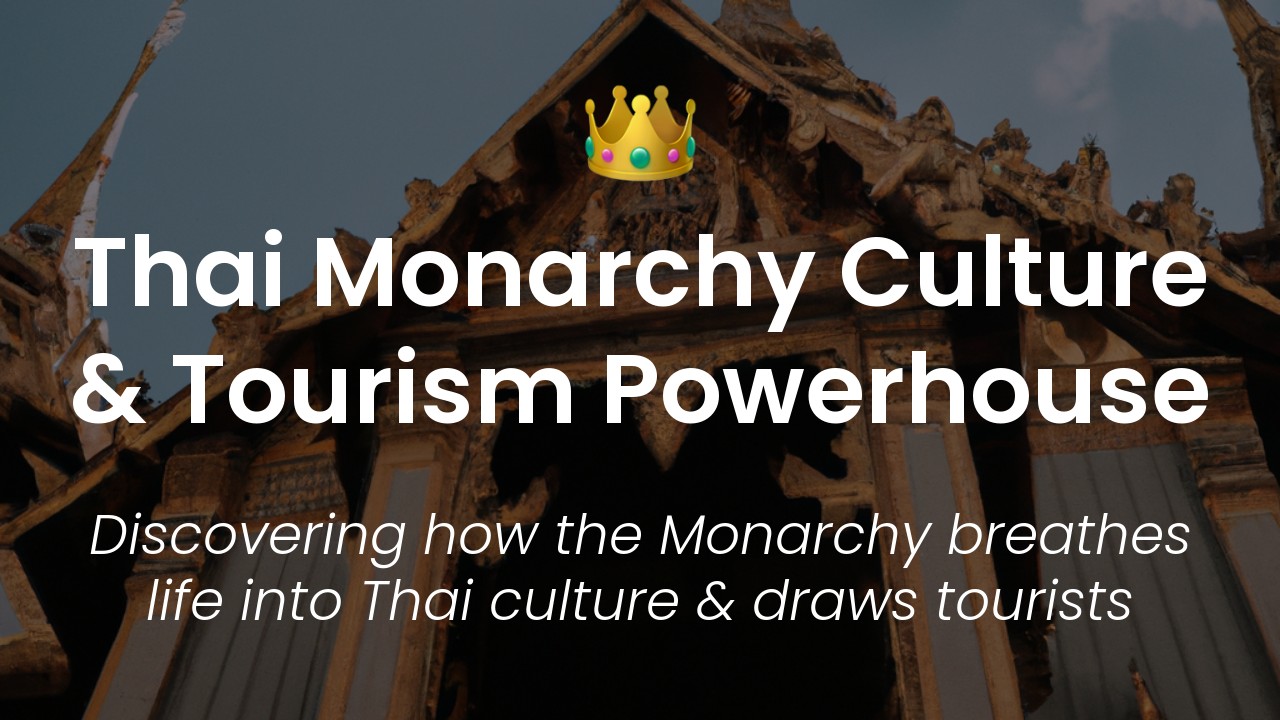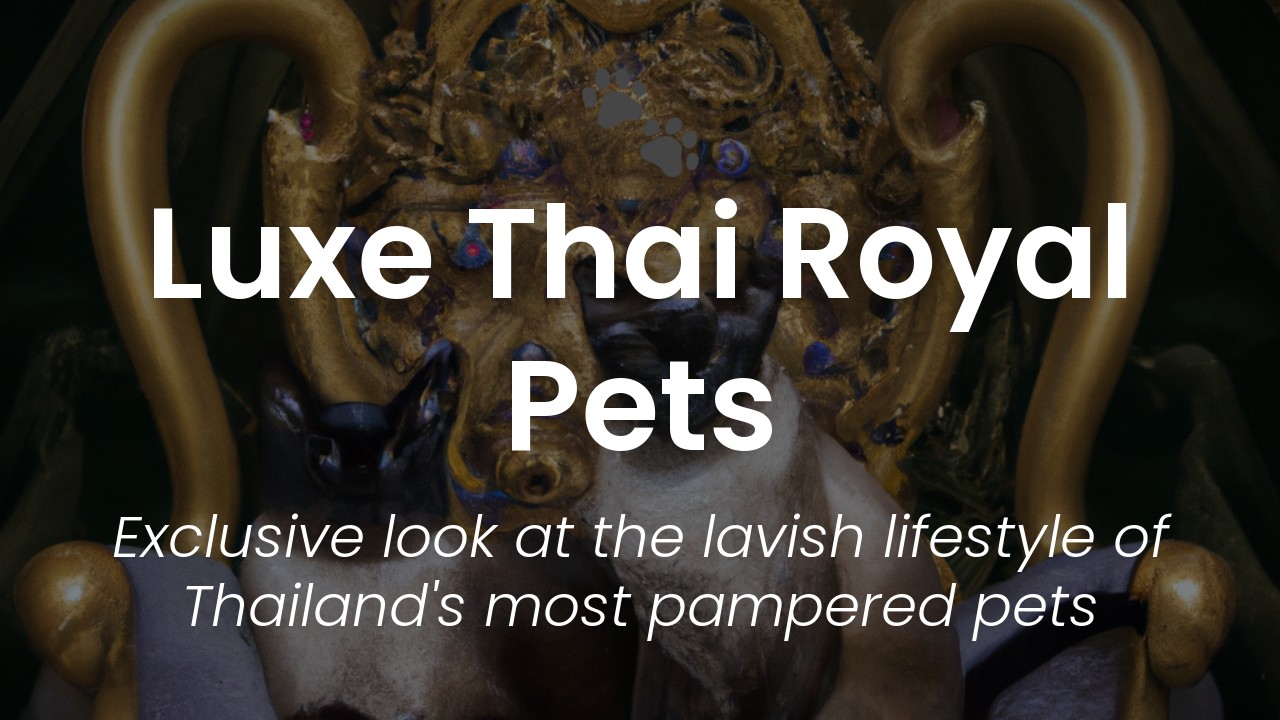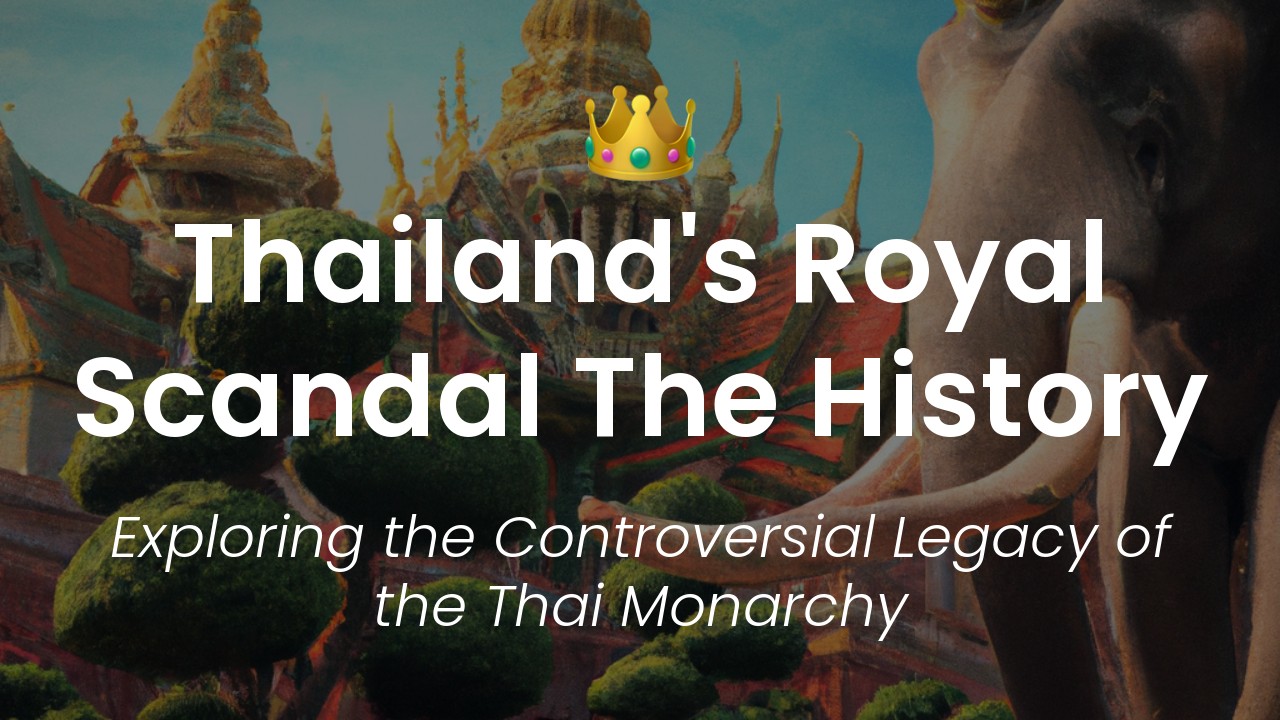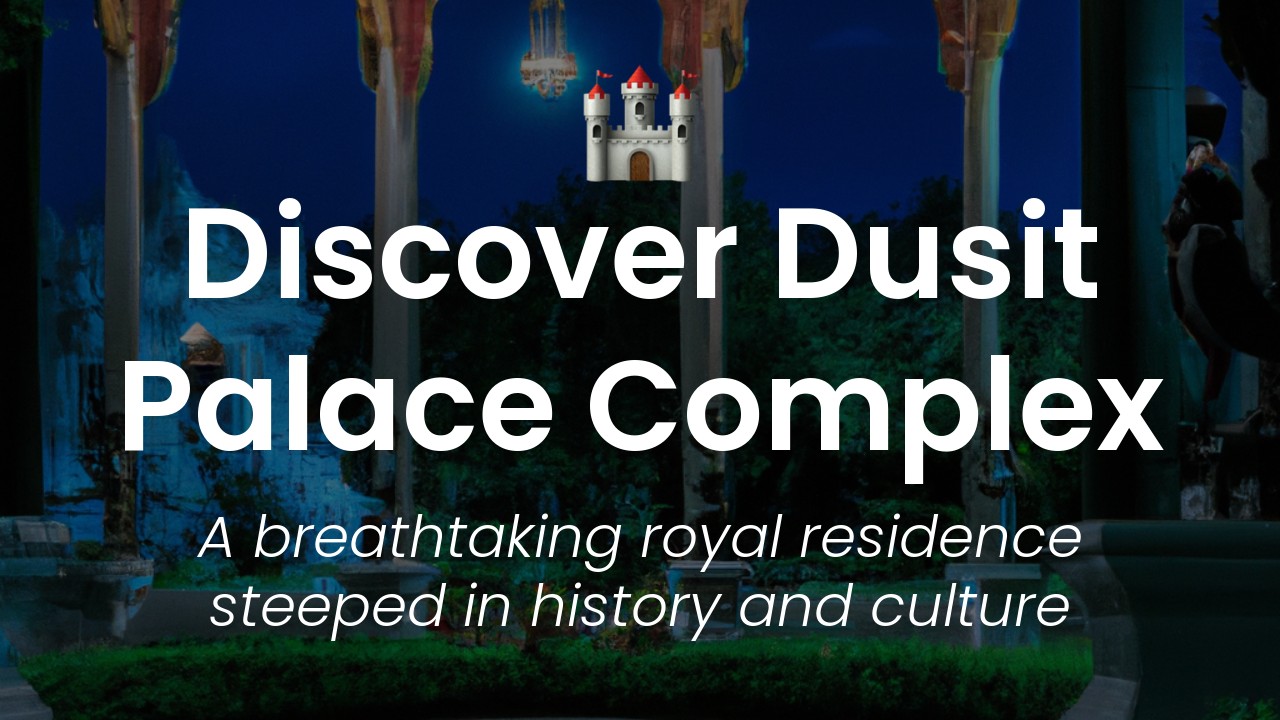As a Thai national, I have always been fascinated with our country's rich cultural heritage and customs. One particular event that has captivated the world's attention is the Royal Cremation Ceremony, which recently took place in October 2017. This ceremony marked the passing of the late King Bhumibol Adulyadej and his grand departure to the afterlife.
As a cultural and historic event, the Royal Cremation Ceremony was a solemn and grand affair, that reflects the deep respect and love that Thai people had for their former king. Throughout the entire ceremony, the public and the royal family came together to pay their respects and bid farewell to their beloved king.
The Royal Cremation Ceremony is part of a long and rich royal tradition, that for hundreds of years, has been a core part of Thai culture. The ceremony itself is an elaborate affair that involves a number of rituals and customs, which reflect Thai Buddhism and the country's rich cultural heritage.
With this article, I want to provide an insider's guide to Thai Royal Cremation Rituals. Through my own experiences and research, I want to provide you with a detailed understanding of the ceremony and give you an insight into the culture and history behind it. Whether you are a Thai local or a foreign visitor, I hope this article helps you gain a deeper appreciation and understanding of Thai culture and the significance of the Royal Cremation Ceremony.
History of Thai Royal Cremation
Thailand is a country rich in history and tradition. One of the most important events in Thai culture is the Royal Cremation Ceremony – a grand and solemn occasion that marks the end of an era, and signals the beginning of a new one.
The Royal Cremation dates back to ancient times when it was believed that cremating the dead was the only way to release the soul from its physical body and allow it to move on to the afterlife. In Thai tradition, the cremation ceremony is also a way to pay respect and show gratitude for the deceased. It is a grand spectacle of music, dance, and solemn rituals that brings people together to commemorate the life of the departed.
Grand Palace & Royal Crematorium
The Royal Cremation ceremony for the late King Bhumibol Adulyadej of Thailand took place in October 2017, and it was one of the largest events in the country's history. The ceremony was held at the Grand Palace in Bangkok, a sprawling complex of buildings that has served as the official residence of the Kings and Queens of Thailand for over 200 years.
The centerpiece of the Royal Cremation ceremony was the Royal Crematorium, a magnificent structure built specifically for the event. The crematorium was designed to resemble Mount Meru, the mythical center of the universe in Buddhist cosmology. It was decorated with intricate carvings, intricate floral arrangements, and elaborate statues depicting the gods and goddesses of the Hindu-Buddhist pantheon.
Mourning Period & Dress Code
The Royal Cremation ceremony is part of a larger mourning period that typically lasts between 100 and 300 days after the death of a Thai monarch. During this period, people all over the country wear black or white clothing as a sign of respect.
Visitors to the Grand Palace during the mourning period are expected to dress appropriately, which means wearing black or dark-colored clothing. Visitors should also avoid wearing shorts, sleeveless tops, or anything that might be considered disrespectful.
Ceremonial Processions & Performances
The Royal Cremation ceremony consisted of several different processions and performances, each with its own specific meaning and significance. One of the most important parts of the ceremony was the processions of the Royal Urn and the Royal Reliquary.
The Royal Urn was a magnificent vessel made of gold and decorated with precious gems. It was used to transport the King's body to the crematorium. The Royal Reliquary, on the other hand, contained the King's remains – his bones and ashes – which were later interred in the Royal Golden Pagoda at Wat Rajabopit in Bangkok.
Other important performances during the ceremony included traditional Thai dances, music, and prayers, all of which were intended to honor the King and his legacy.
Offering Flowers & Paying Respects
Throughout the mourning period, people from all over Thailand went to the Grand Palace to pay their respects to the King and offer flowers and other gifts. The entire complex was transformed into a sea of flowers and candles, with tens of thousands of people lining up to pay their respects.
Visitors to the Grand Palace were required to remove their shoes before entering the Royal Crematorium. They were then allowed to walk around the monument and offer flowers and other offerings to the King's memory.
Important Dates & Schedule
The Royal Cremation ceremony for the late King Bhumibol Adulyadej was held from October 25th to 29th, 2017. During this time, several roads in Bangkok were closed off to traffic, and a number of businesses and government offices were closed.
The ceremony itself was broadcast on television and radio throughout the country, allowing people who couldn't attend in person to watch the proceedings.
The Legacy of Late King Bhumibol Adulyadej
The Royal Cremation ceremony for the late King Bhumibol Adulyadej was an unforgettable event that touched the hearts of people all over Thailand and beyond. Known as the father of the Thai nation, he reigned for over 70 years and helped bring about modernization and development to his country.
Through his dedication to his people and his tireless efforts to improve their lives, King Bhumibol Adulyadej left a lasting legacy that will continue to inspire and motivate generations of Thais to come. The Royal Cremation ceremony was a fitting tribute to a ruler who will be remembered as one of the greatest in Thai history.







